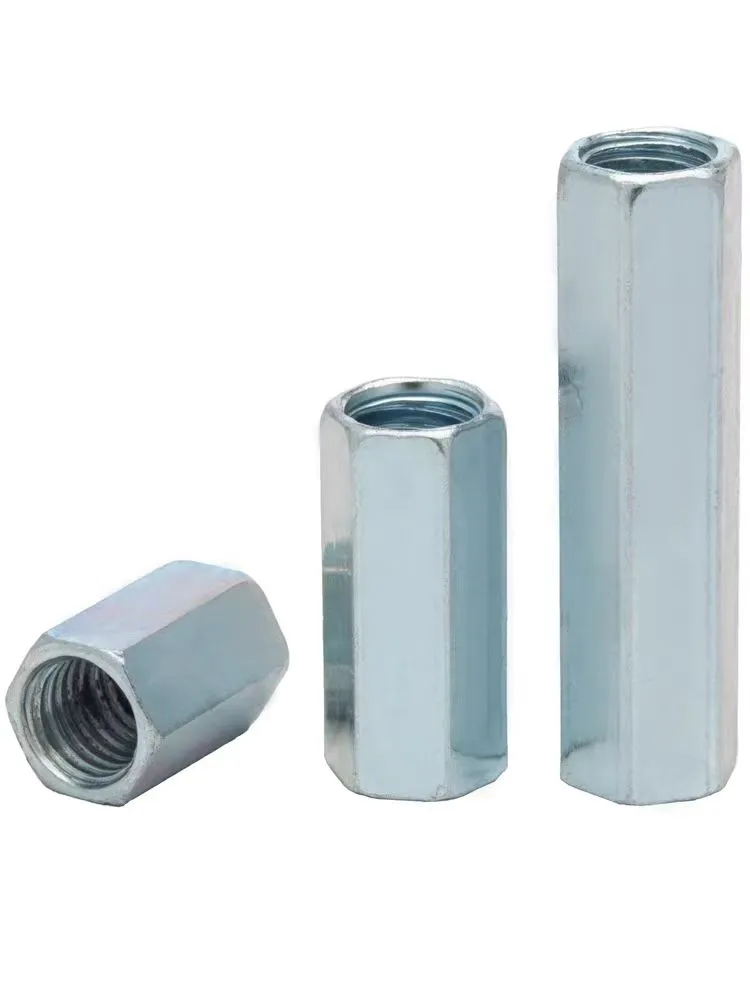

Hex Flange Head Self-Drilling Screws for Secure and Efficient Construction Applications
Nov . 27, 2024 18:27 Back to list
Hex Flange Head Self-Drilling Screws for Secure and Efficient Construction Applications
Understanding Hex Flange Head Self-Drilling Screws A Comprehensive Guide
In the realm of construction and manufacturing, the significance of fasteners cannot be overstated. Among various types, hex flange head self-drilling screws have emerged as one of the most reliable options for both professional and DIY projects. This article delves into the characteristics, advantages, and applications of these versatile fasteners, shedding light on why they are favored in various industries.
What Are Hex Flange Head Self-Drilling Screws?
Hex flange head self-drilling screws are specialized fasteners designed with a hexagonal (hex) flange head, providing a larger bearing surface that enhances their grip and stability when securing materials together. These screws also feature a drill point at their tip, which allows them to create their own hole as they are driven into a substrate, thereby eliminating the need for pre-drilling. This makes them particularly useful in applications involving metal, wood, and other materials.
Key Features
1. Hex Flange Head The hex flange head design offers better torque transfer when using a wrench or socket, ensuring a snug and secure fit. The larger contact area helps distribute the load evenly, reducing the likelihood of damage to the materials being fastened.
2. Self-Drilling Capability The drill point on these screws enables them to bore into various materials effortlessly. This feature significantly speeds up the installation process, as it removes the steps of drilling pilot holes and eliminates the need for additional tools.
3. Material and Coating Options Hex flange head self-drilling screws are available in various materials, including stainless steel, carbon steel, and aluminum, catering to different environments and requirements. Additionally, many come with various coatings, such as zinc plating or epoxy, which enhance corrosion resistance, making them suitable for outdoor applications.
4. Variety of Sizes These screws come in a wide range of sizes and lengths to accommodate different projects and materials. This versatility allows engineers and contractors to select the appropriate screw for specific applications, ensuring optimal performance.
Advantages
The benefits of using hex flange head self-drilling screws are numerous
- Time Efficiency With the ability to drill into materials without the need for pre-drilling, these screws save significant time during installation
.hex flange head self drilling screw

- Reduced Labor Costs The ease of use and fast application can lead to reduced labor costs on projects, making them an economical choice for contractors and builders.
- Strong and Reliable Their design promotes superior holding power, ensuring that assemblies remain intact under load or stress, which is crucial in structural applications.
- Weather Resistant With appropriate coatings, these screws boast excellent resistance to rust and corrosion, making them ideal for outdoor and marine applications.
Applications
Hex flange head self-drilling screws are utilized across various industries. Some common applications include
- Metal Roof Installation They are widely used in roofing projects for securing panels and other components, thanks to their ability to penetrate metal without pre-drilling.
- HVAC Systems These fasteners are essential in the assembly of HVAC ductwork, allowing for quick and reliable installations.
- Automotive Industry Often used in car manufacturing, these screws secure components effectively and withstand the rigors of automotive environments.
- Construction In general construction, they are used for fastening a variety of materials, including sheet metal, wood, and plastic.
Conclusion
In summary, hex flange head self-drilling screws are invaluable tools in the fastener world, offering a perfect blend of efficiency, strength, and versatility. Their unique design and functional advantages make them a go-to choice for professionals across a multitude of industries. Whether you are working on a large-scale construction project or a small DIY task, these screws can provide the performance and reliability needed to get the job done effectively. Understanding their features and applications can enhance your fastening solutions, ultimately leading to more successful project outcomes.
Latest news
-
Premium Fasteners Manufacturer | AI-Driven Solutions
NewsAug.01,2025
-
Hot Dip Galvanized Bolts - Hebei Longze | High Strength, Corrosion Resistance
NewsAug.01,2025
-
High-Strength Hot Dip Galvanized Bolts - LongZe | Corrosion Resistance, Custom Sizes
NewsAug.01,2025
-
Best Self Tapping Screws for Drywall - Fast & Secure Installation
NewsJul.31,2025
-
High-Strength Hot Dip Galvanized Bolts-Hebei Longze|Corrosion Resistance&Customization
NewsJul.31,2025
-
Hot Dip Galvanized Bolts-Hebei Longze Metal Products|Corrosion Resistance&High Strength
NewsJul.31,2025

